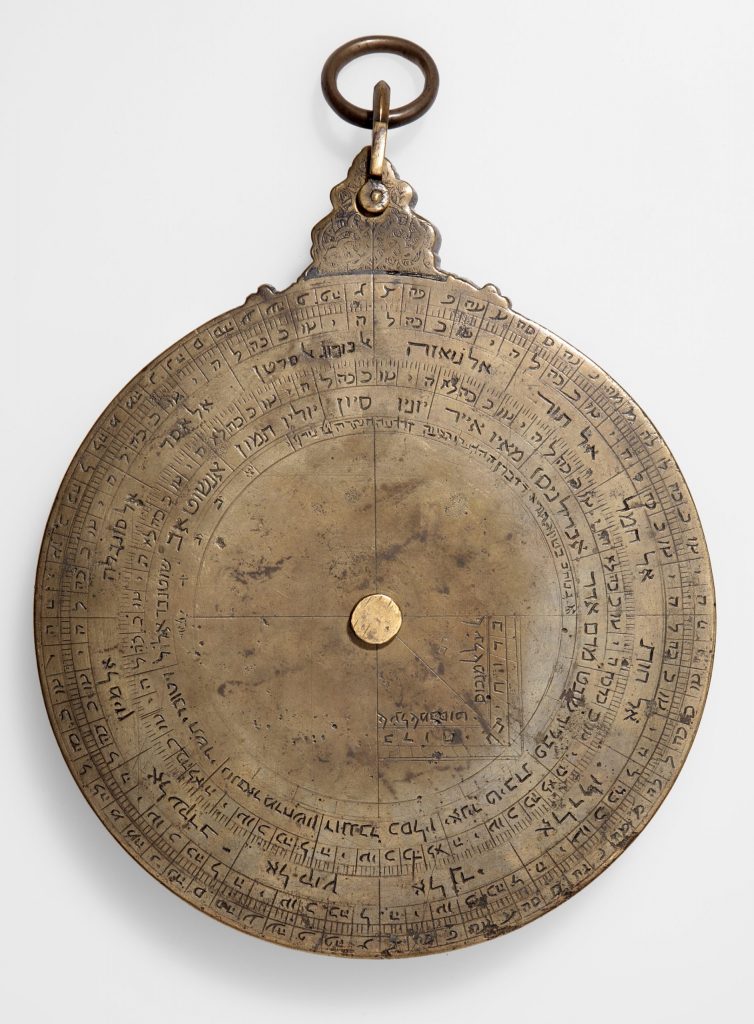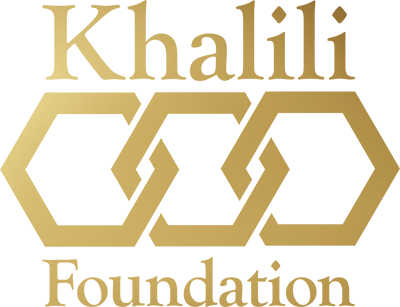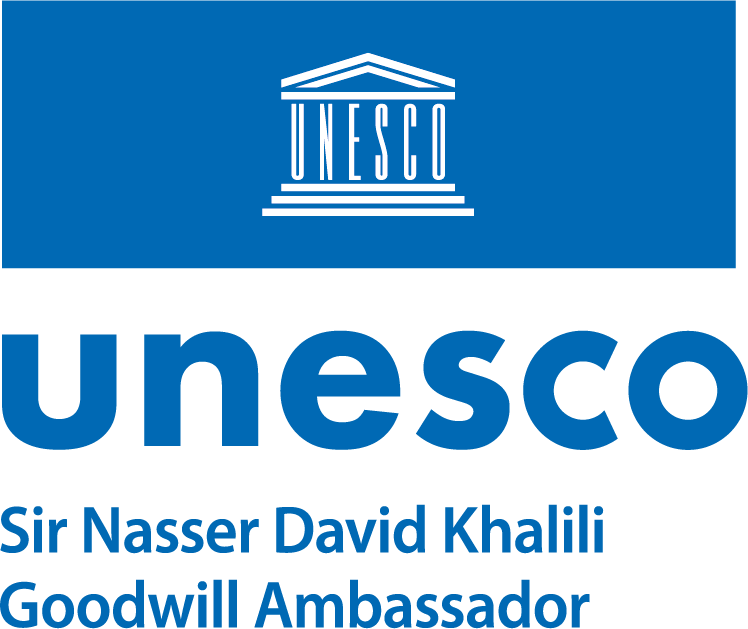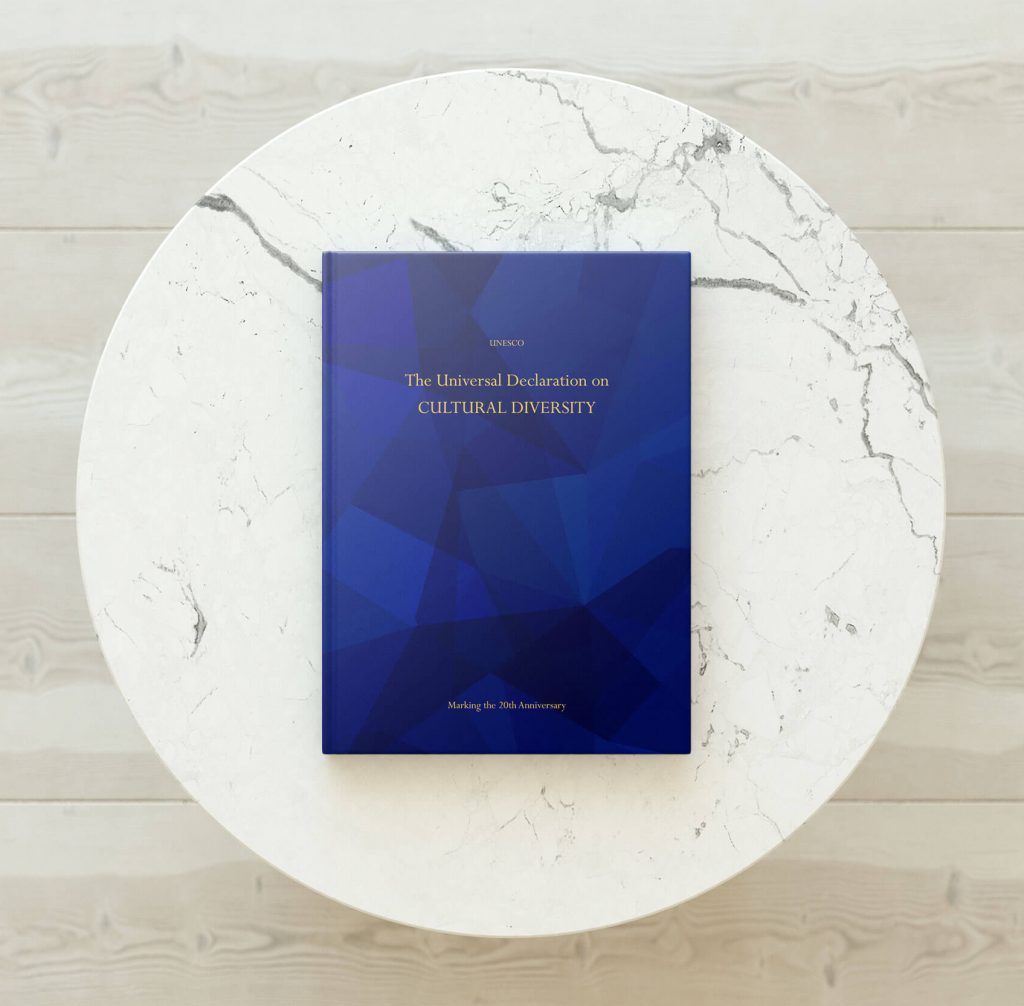The influence of Islamic civilization on the global story of science is well documented. Such a contribution can at least in part be attributed to the open, cross-cultural approach to scientific enquiry that defined Islamic intellectual life. This essence of this is captured in a remarkable Hebrew-inscribed astrolabe produced during the Islamic Golden Age in medieval Spain and North Africa.
Astrolabes are intricate devices used for astronomical calculations and timekeeping, and were considered pinnacles of scientific achievement in their day. While most known examples bear Arabic or Latin inscriptions, this particular instrument tells a unique story. Created by a member of an Arabic-speaking Jewish community, it gives us a glimpse into a fascinating blend of cultures and traditions.
The astrolabe’s creator designed it for use in cities spanning from Tunis to Jerusalem, including Seville, Cordoba, and Cairo. This geographic range hints at a world where knowledge and commerce flowed freely across religious and cultural boundaries. The instrument’s construction, featuring silver studs characteristic of astrolabes from Islamic Spain and the Maghreb, further emphasizes this cultural fusion.
Dating back to the early 14th century, this astrolabe serves as a time capsule, preserving the state of astronomical knowledge shared between Jewish and Islamic scholars of the era. Its rete, or star map, indicates 26 celestial bodies, each carefully named in Hebrew script. This detail not only showcases the maker’s expertise but also highlights the common language of the stars that united scholars across faiths.
“This astrolabe serves as a time capsule, preserving the state of astronomical knowledge shared between Jewish and Islamic scholars of the era”
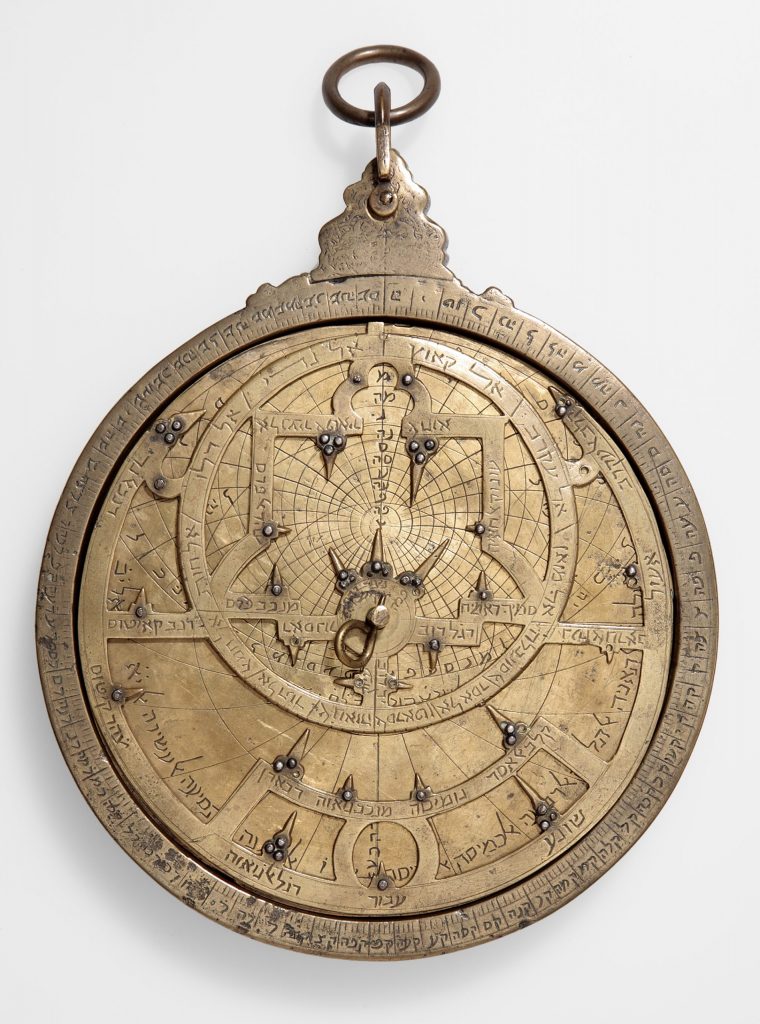
SCI 158 | probably Spain | circa 1300
Perhaps the most intriguing feature of this astrolabe is the long inscription in Judaeo-Arabic around its rim. This form of Middle Arabic, written in Hebrew script, was commonly used by Jewish communities in the Arab world. The inscription, though challenging to interpret fully, appears to be a personal message from the maker to the user, adding a touching human element to this scientific marvel.
The astrolabe’s ability to calculate latitudes for cities important to both Jewish and Muslim communities underscores the shared importance of these locations in the medieval world. It stands as a powerful symbol of the intellectual and cultural exchange that occurred between these two great traditions.
“The inscription, though challenging to interpret fully, appears to be a personal message from the maker to the user, adding a touching human element to this scientific marvel.”
As we reflect on this remarkable artifact, we’re reminded of a time when the pursuit of knowledge transcended religious boundaries. In our modern world, often marked by division, this astrolabe serves as a shining example of how science, craftsmanship, and mutual respect can bring diverse communities together.
This rare Hebrew astrolabe is more than just a scientific instrument – it’s a bridge between cultures, a testament to shared human curiosity, and a reminder of the potential for harmony and collaboration between different faiths and traditions.
